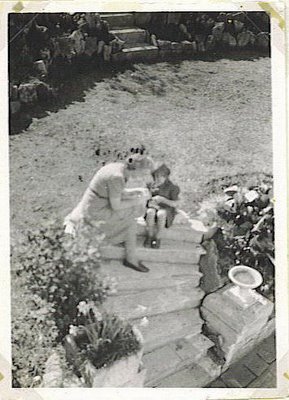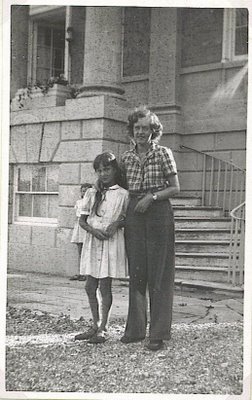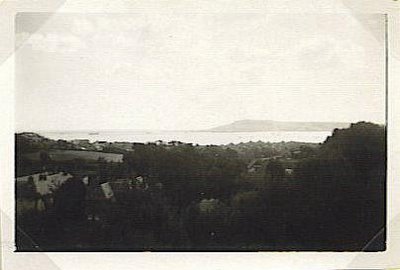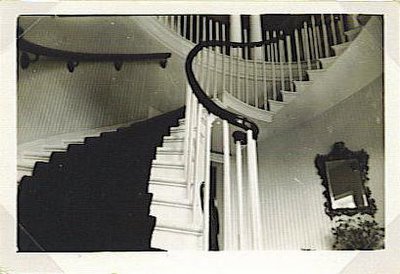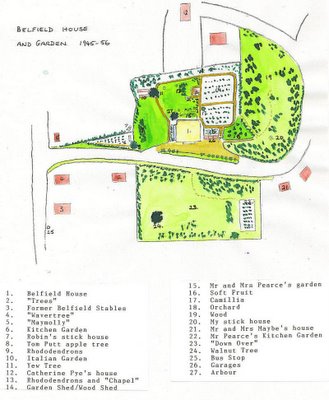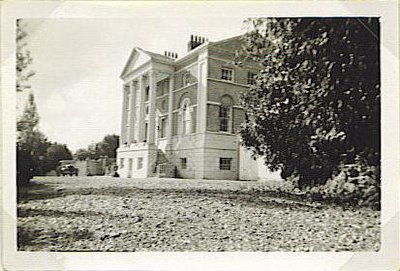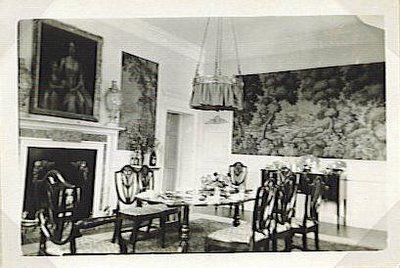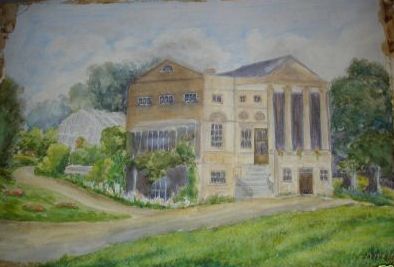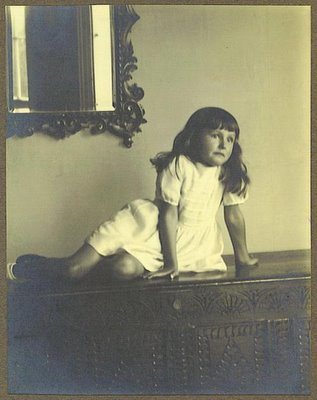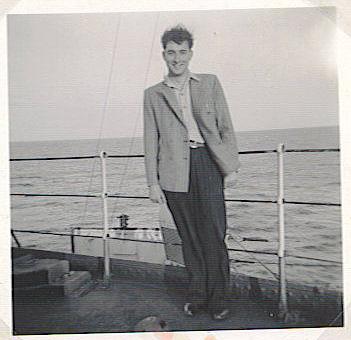VISITORS TO BELFIELD. (3)

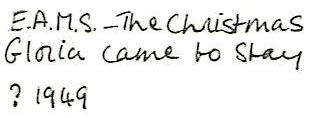
The first of my school friends who came to stay was Gloria J-----. Gloria was a little older than me, but we had been best friends at school for some time and shortly before Christmas, when we were aged about eight or nine, I went to her birthday party. It was at this birthday party that my mother suggested to Gloria's parents that it would be nice for me if she would like to come and spend Christmas with us at Belfield. Of course Gloria and I were delighted with the idea, and greatly excited.
To start with, the visit went well. Gloria enjoyed playing on the swing under the yew tree, and even decorated it by buying several packs of different coloured raffia from Herrings (the art shop in High West Street, Dorchester) which she then used by tying one end of each strand of raffia to the ropes, from top to bottom, so that when we used the swing, all the raffia strands made a rather nice wooshing sound as they swept to and fro. But after the excitement of this had worn off, Gloria no longer wanted to play in the garden, but retreated indoors to the drawing-room fire where she sat, shawl around her shoulders, doing her needlework.
This was not what I had in mind. What I wanted to do most during the holidays was to play outdoors, whatever the weather and however cold it was - and that included climbing trees, for which Gloria had no aptitude.
Up until then, I had no experience as a hostess over such a long period, and was used to having things pretty well my way. In a fit of devilment - but never really expecting poor Gloria to react in the way that she did - I grabbed the William IV naval sword which was kept in the hall umbrella-stand, drew it from its scabbard, and chraged whooping into the drawing-room in my best pirate fashion. I was rather keen on pirate stories at that time, and acting them out in the garden.
The unfortunate Gloria screamed with horror, jumped to her feet, and dashed from the room with me in hot pursuit, out into the garden with Gloria still screaming loudly as she ran. I could hardly believe how successfully my ploy was turning out; at last, I thought, we are going to have some fun.
But not so. Mr W----- heard Gloria's desperate screaming and fetched my mother, who ran to see what was happening. On seeing her would-be rescuers, Gloria fell weeping into my mother's arms and was led back indoors to be comforted. I was in deep disgrace.
The next day I refused to play with her at all, and after breakfast managed to disappear into the one part of the house I had not shown to her: the attic where I kept my museum. Some time later, I heard the bell ringing and came downstairs to the kitchen where Gloria was waiting with my mother. I took one look, turned round, and ran back to the attic.
Not surprisingly our relationship never recovered, and once back at school I do not think we ever spoke to one another again.
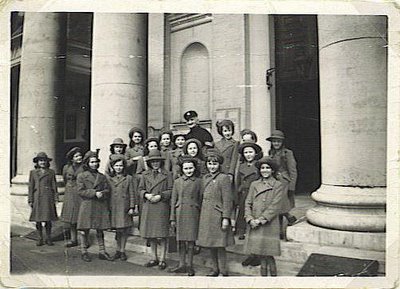

Far more successful were several visits, during the summer holidays, of my next best school-friend, Diane H-C---. Diane lived with her widowed mother in Dukes Avenue, Muswell Hill. Her late father had been a bank manager in Ludlow, where they had lived before he died.
Years later, I admired some small landscape oil paintings hanging on the wall by my mother-in-law's bed in Doncaster. She told me they had been painted by a great friend of theirs when they had been living in Ludlow before the War. He was a bank manager there, with the name H-C---.


Diane had inherited her father's artistic talent, but he probably would not have been happy with the turn her stage career took after she left school, about which her mother was strangely naïve. She told us that Diane had got a marvellous well-paid job as a hostess at Murry's Night Club in Soho.
"The men are all so kind to Diane", she told us. "They give her such expensive presents, and take her out to dinner." She could not imagine why.


Another former school friend called Josephine S-------, whose birthday parties I used to attend, became a topless dancer at the famous Windmill Theatre at about the same time. Perhaps my father got me away from Arts Educational just in time.
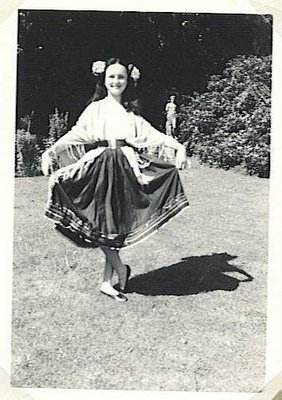

Diane was no more an outdoor tomboy than Gloria had been, but I had learned my lesson and never tried to get her to climb trees. Instead we would put on little theatrical performances staged under the yew tree, to which our mothers, my father and Mr and Mrs P----- would be invited.
Her mother and mine became good friends too, and we all enjoyed their visits, which continued even after I had gone to Queens Gate and was more into horse riding than theatricals. My stepmother Evelyn was not really interested in continuing the friendship with Mrs H-C-, and the last I heard of Diane from her mother was a few years later when she told me that she had got married in rather a hurry to a young man of whom even her kind-hearted mother did not approve. They had a baby, but Mrs H-C- did not see them very often.
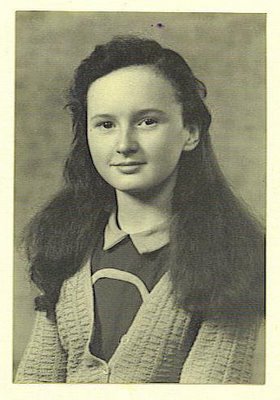

<< Previous post · First post


